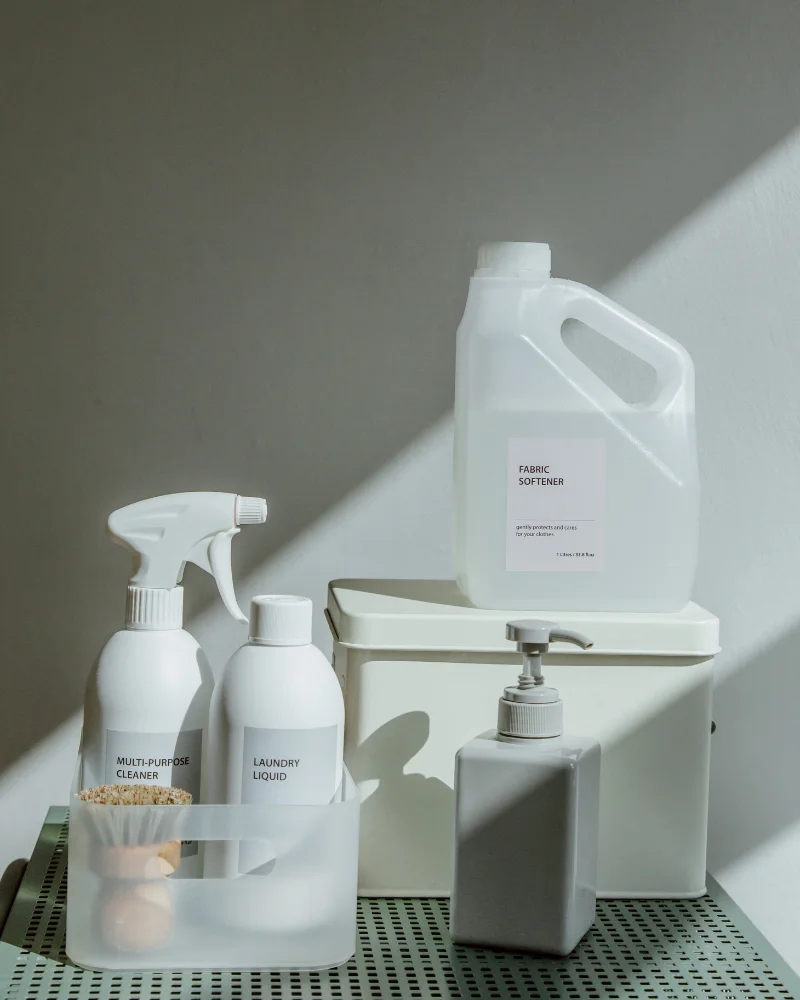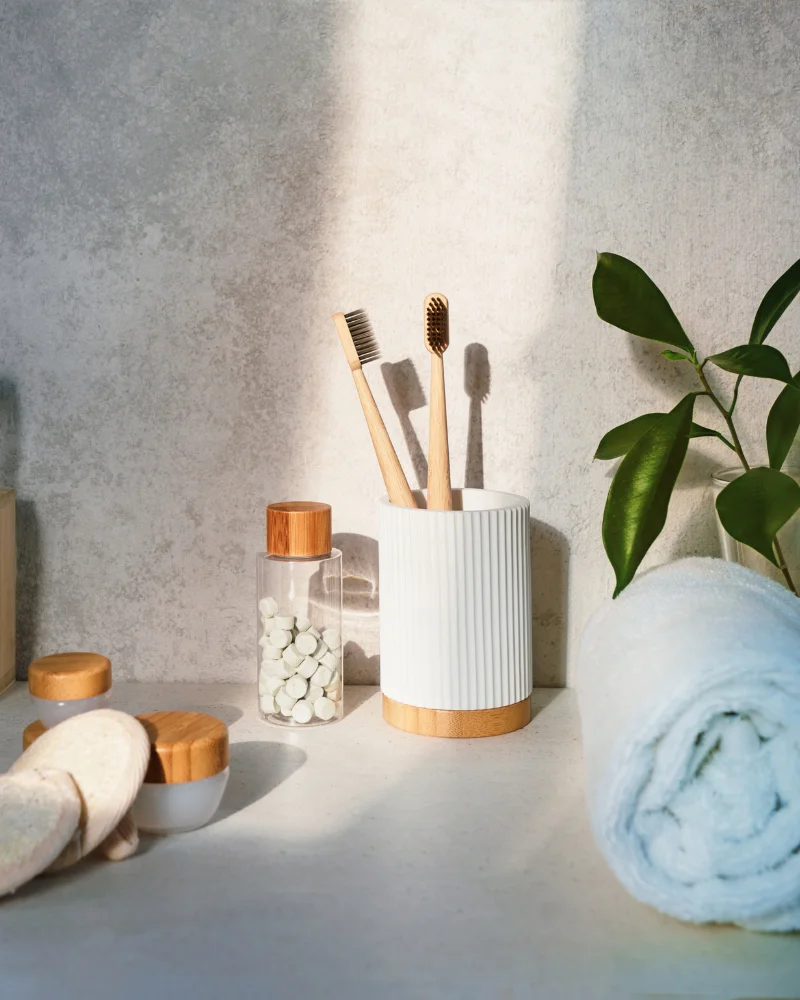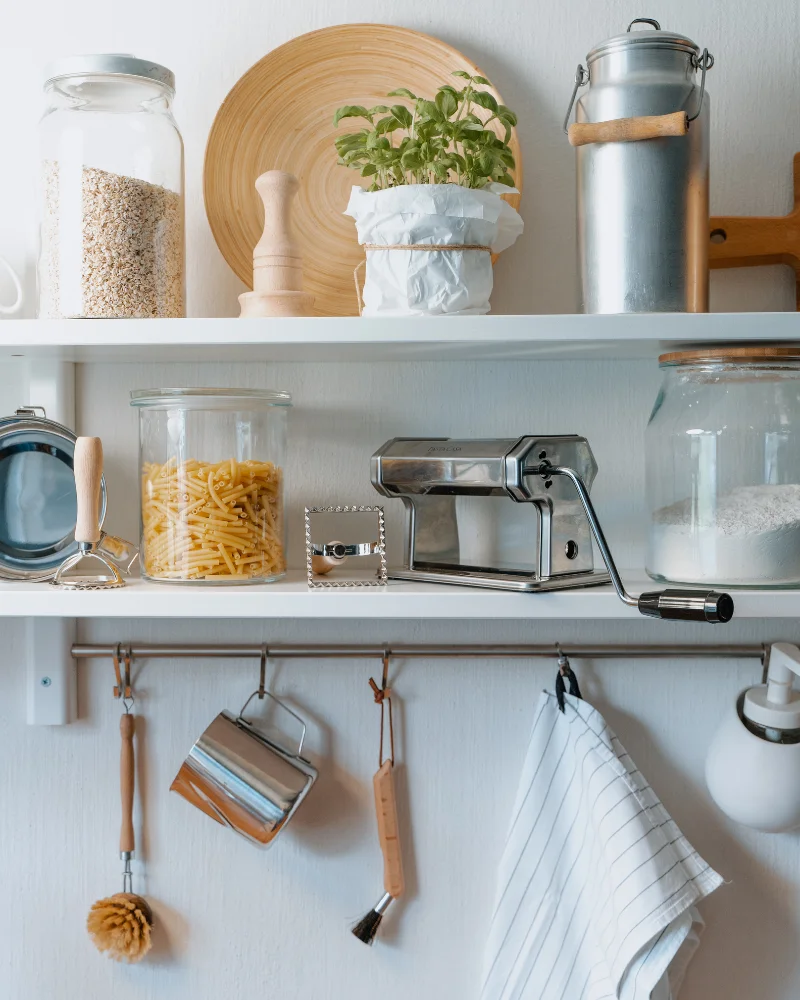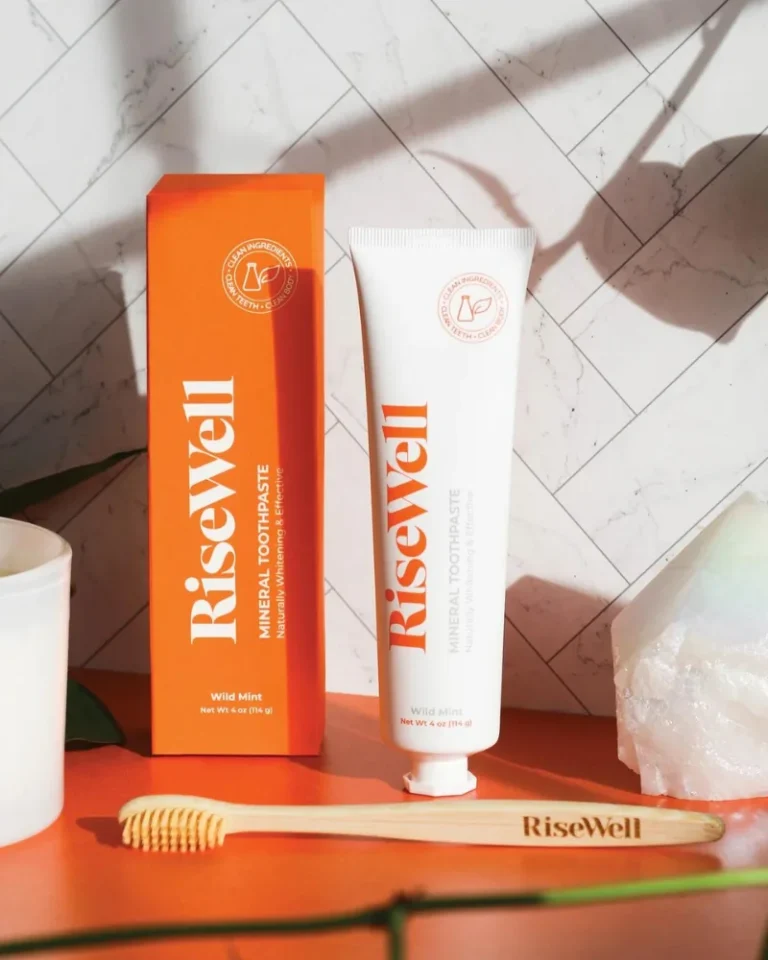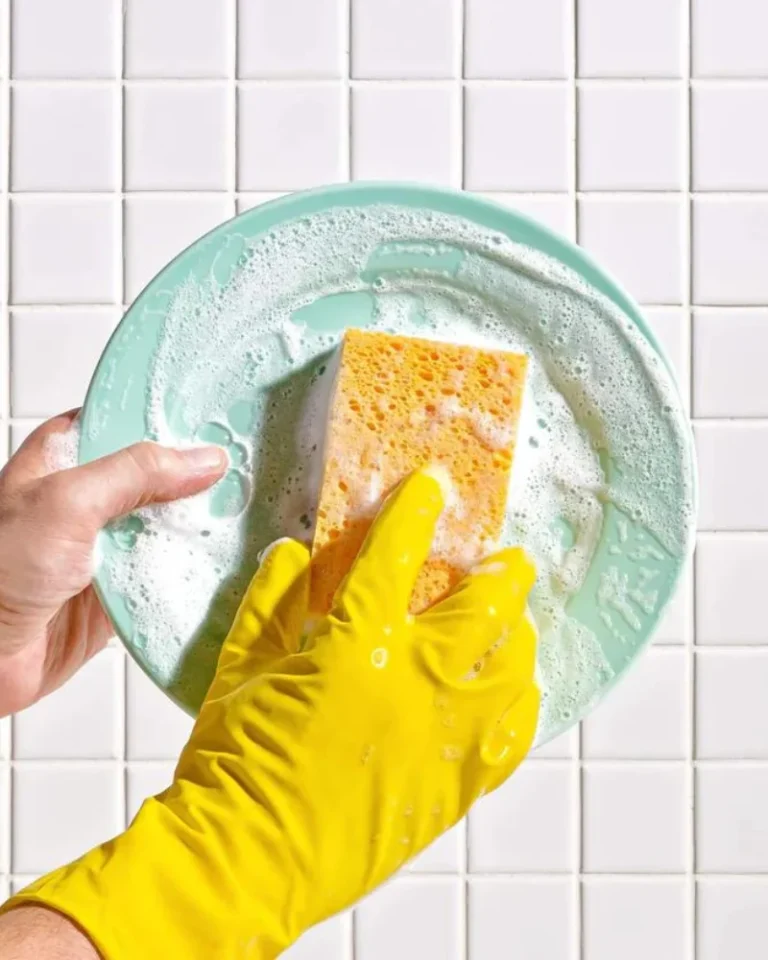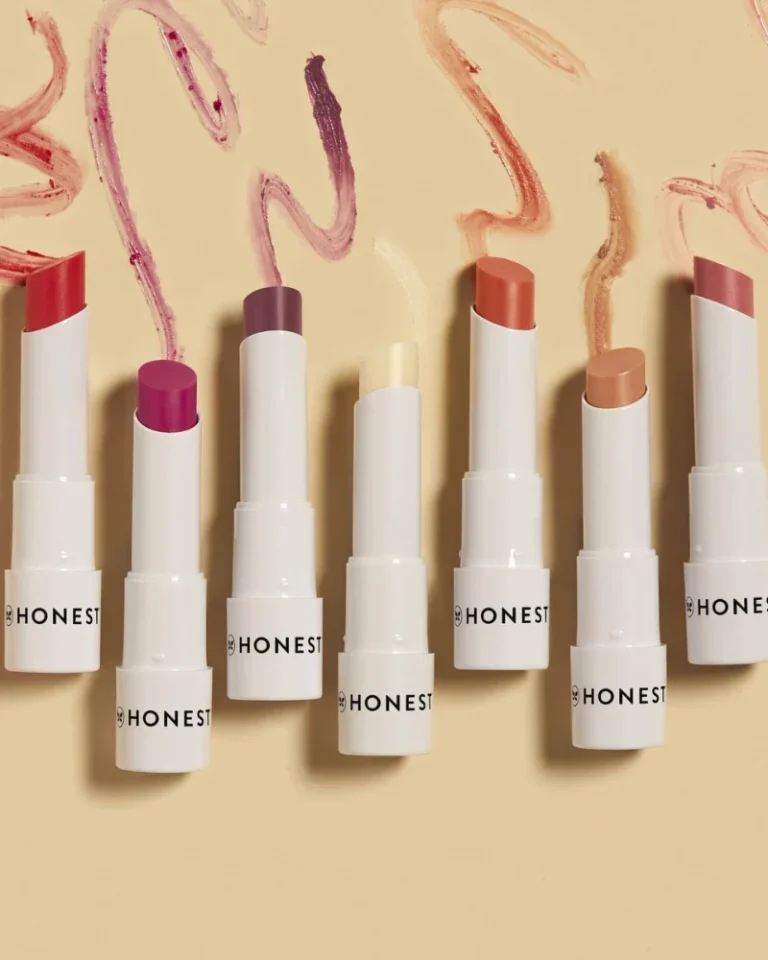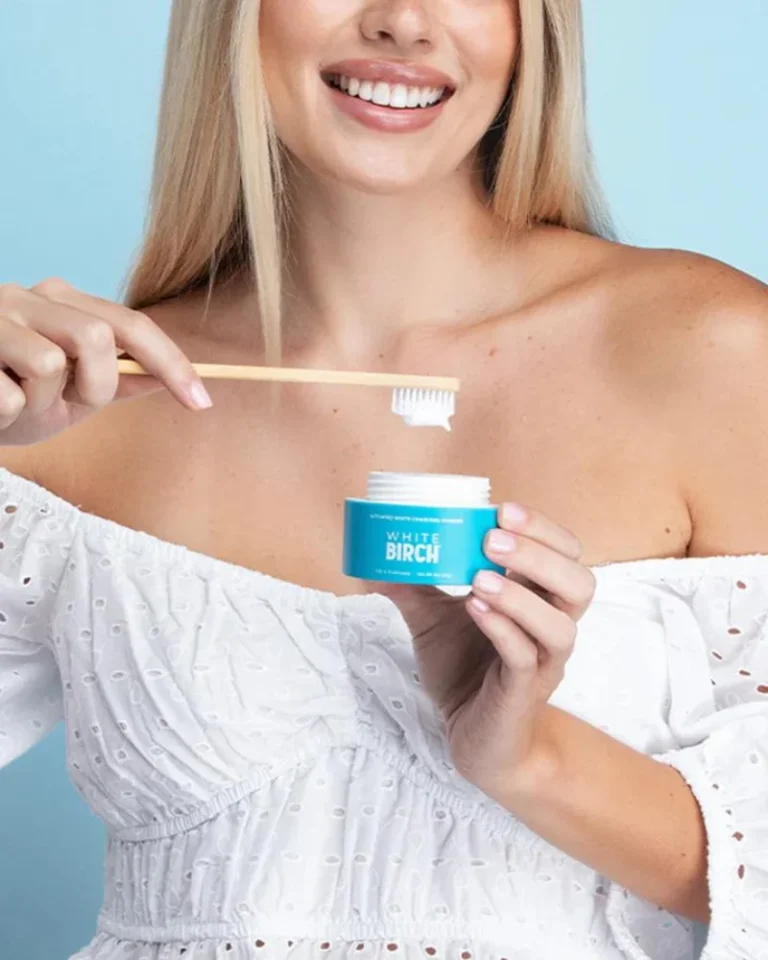This post may contain affiliate links. By browsing this website, you agree to our disclaimer, privacy policy, and terms of use.
Are you wondering what non-toxic living is and why it matters so much right now? We’ve got all of the answers for you here without any of the fear mongering that goes with it.
Whether you want to reduce your exposure to harmful chemicals or lessen your environmental impact, you’ll find easy ways to create a safer and healthier home right here.
This is your complete guide to non-toxic living!
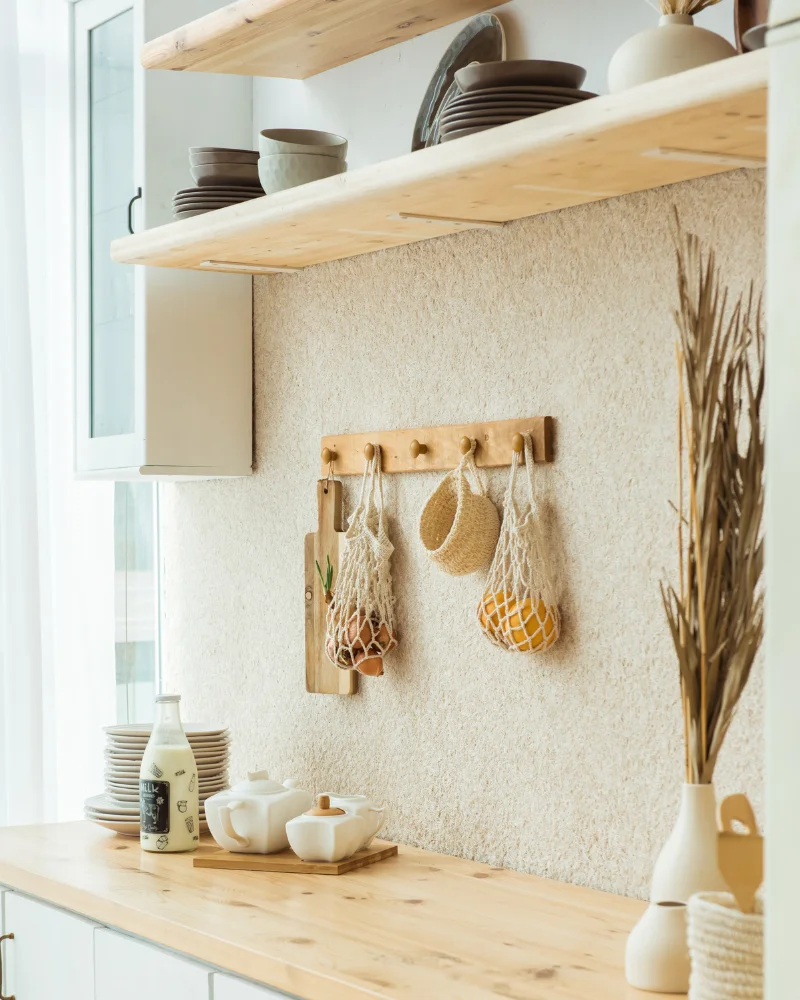
When you first learn about the toxic chemicals that companies put into everyday products, it can feel overwhelming. It can seem like a never-ending battle against greenwashing, confusing labels, and conflicting information.
Trying to navigate the endless sea of products and figure out which ones are truly safe can be so difficult it can make you want to give up.
But trust us, it’s worth paying attention to the products we use every day. Many of them, from household cleaners to the products you use in the shower, contain toxic synthetic chemicals.
While these products may promise quick results and convenience, they can come at a high cost. They leave behind a toxic trail, potentially harming our health, contaminating ecosystems, and posing risks to future generations.
But, you don’t have to be stuck with a home full of harmful chemicals. There’s a better alternative – non-toxic living!
This holistic approach harnesses the power of nature and science so you can create a home environment that protects the planet and allows you and your family to thrive without compromising your health.
We’re excited to share all the tips and tricks we’ve learned over the years for detoxing your home, making informed product choices, and creating a lifestyle that reflects your values.
Keep reading so you can start living your best toxic free life!
Where are these hidden toxins hiding in my home?
Toxic chemicals are found in countless everyday products, from the cleaning supplies under your sink to the cosmetics in your bathroom cabinet.
Let’s take a closer look at some of the most common sources of toxic exposure in our homes and daily lives.
Most Concerning Chemicals Found in Household Products
Ammonia: Found in window cleaners and multipurpose cleaners, it can irritate the respiratory system and eyes.
Chlorine Bleach: A powerful disinfectant used in laundry whiteners, it can trigger respiratory issues and skin irritation.
Phthalates: These endocrine disruptors are linked to hormonal imbalances and reproductive issues and are used to stabilize fragrances in cleaning products and air fresheners.
Formaldehyde: Used as a bonding agent in pressed wood products like particleboard and plywood, it’s a known carcinogen that can off-gas and pollute indoor air, causing respiratory problems and skin irritation.
Flame Retardants: Added to upholstered furniture, mattresses, and electronics, some flame retardants are endocrine disruptors linked to developmental and neurological issues.
Volatile Organic Compounds (VOCs): Emitted from paints, finishes, adhesives, scented laundry products, and air fresheners VOCs can cause headaches, dizziness, and long-term damage to the liver and kidneys.
Most Concerning Chemicals Found in Personal Care Items
Parabens: Preservatives found in cosmetics and skincare products, mimic estrogen and may disrupt hormone balance, potentially increasing cancer risk.
Sodium Lauryl Sulfate (SLS)/Sodium Laureth Sulfate (SLES): These foaming agents in shampoos and soaps can strip the skin of natural oils and cause irritation and allergic reactions.
Artificial Fragrances: Scented personal care products can contain a cocktail of undisclosed chemicals, some of which are linked to hormone disruption, allergies, respiratory issues, and even potential long-term health effects.
Most Concerning Chemicals Found in the Kitchen
Nonstick Cookware:
Per- and Polyfluoroalkyl Substances (PFAS): These “forever chemicals” are used to create non-stick surfaces but can leach into food when heated. They’ve been linked to cancer, hormone disruption, and immune system problems.
Polytetrafluoroethylene (PTFE): The primary component of Teflon, it’s generally considered safe at low temperatures but can release toxic fumes when overheated.
Aluminum Cookware:
Aluminum: While small amounts of aluminum are generally safe, excessive exposure has been linked to neurological issues. Acidic foods can also cause aluminum to leach into food.
Lead and Cadmium: These heavy metals were once used in glazes and pigments for ceramic cookware. If the coating is chipped or worn, these metals can leach into food and cause health problems.
BPA (Bisphenol A): This endocrine disruptor can leach from plastic containers, especially when heated or scratched. It has been linked to reproductive and developmental issues.
Phthalates: These chemicals are often used to make plastics more flexible but can disrupt hormones and have been associated with developmental and reproductive problems.
How can you start your non-toxic living journey?
Reading Labels
One of the most important places to start is becoming a savvy label reader. Key ingredients to avoid include “fragrance,” “parabens,” and “phthalates.”
Certifications can also be really helpful (but sometimes a little tricky) in helping to determine if a product is non-toxic. Some good certifications to look for include USDA Organic, Non-GMO Project Verified, and EWG Verified.
Avoiding Greenwashing
However, many companies are aware that these certifications influence buyers and are creating their own designations as part of a greenwashing campaign to make buyers believe that their products are non-toxic or natural, even when they are not.
Misleading Certifications (Or Lack Thereof):
- Company-Specific Certifications: Some companies create their own “non-toxic” or “clean” certifications, which may lack independent verification or rigorous standards.
- “Free-From” Labels: While labels claiming a product is “free from” certain chemicals can be helpful, they may not address other potential toxins in the product.
- Lack of Third-Party Verification: Beware of products that claim to be non-toxic but don’t have certifications from reputable third-party organizations
Avoid These Misleading Terms:
- Natural: This term is not regulated, so companies can use it freely, even if their product contains synthetic ingredients or potentially harmful chemicals.
- Plant-Based: While this suggests a product is derived from plants, it doesn’t necessarily mean it’s safe or non-toxic. Some plant-based ingredients can still be irritants or allergens.
- Pure: This term is often used to imply a product is free from harmful chemicals, but it has no legal definition or regulation.
- Green: This vague term is often used in marketing to create an association with eco-friendliness, but it doesn’t guarantee a product is non-toxic.
Start Small
If all of this feels a little overwhelming, don’t worry. You don’t have to overhaul your entire life overnight.
Begin by focusing on one area at a time, such as cleaning products or personal care items. As you use up your current products, replace them with non-toxic alternatives.
This gradual approach not only makes the transition more manageable but also allows you to spread out any additional costs over time.
Make Simple Swaps
One of the easiest ways to embrace non-toxic living is by making simple swaps in your daily routines.
For cleaning, try DIY solutions using ingredients like white vinegar, baking soda, and essential oils. These natural alternatives can be just as effective as conventional cleaners without the harsh chemicals.
When it comes to personal care, look for products made with plant-based, organic ingredients. Coconut oil, shea butter, and aloe vera are just a few examples of natural ingredients that can nourish your skin and hair without the toxic load.
In the kitchen, consider investing in non-toxic cookware like stainless steel, cast iron, or glass, and swap out plastic food storage containers for safer options like glass or silicone.
Don’t forget about your drinking water. Investing in a quality water filter or choosing safer bottled options can help reduce your exposure to contaminants like lead, chlorine, and pesticides.
Improving Your Home Environment
Finally, take steps to create a healthier home environment.
Incorporate air-purifying plants like snake plants, spider plants, and peace lilies, which can help filter out pollutants and improve indoor air quality. Or invest in a few good air purifiers.
When painting consider opting for no or low-VOC paints and furniture finishes.
You can also consider purchasing organic and non-toxic furniture and mattresses to help keep the air in your home clean.
Make a habit of opening windows regularly to allow for proper ventilation and the exchange of fresh air.
Overcoming challenges when going non-toxic
As with any lifestyle change, embracing non-toxic living comes with its own set of challenges. From navigating cost concerns to building lasting habits, it’s essential to have strategies in place to help you stay the course.
Addressing Cost Concerns
One of the most common barriers to non-toxic living is the perceived cost. While some organic and natural products may come with a higher price tag, it’s important to consider the long-term benefits.
To make non-toxic living more budget-friendly, start by focusing on simple swaps and DIY solutions. Making your own cleaning products, for example, can be a cost-effective way to reduce your toxic load.
Look for sales, buy in bulk when possible, and prioritize the areas where you spend the most time, such as bedding and personal care items. Even Target and other big box stores are starting to supply non-toxic products at reasonable prices.
Building Lasting Habits
Creating a non-toxic home is a journey, not a destination. To make your new habits stick, set realistic goals. Start small, focusing on one area at a time.
And don’t forget to celebrate yourself and your victories along the way. Every positive change you make, no matter how minor, is a step in the right direction!
Staying motivated can be a challenge, but surrounding yourself with a supportive community can make all the difference.
Connect with like-minded individuals through social media, local events, or online forums (you can start right here at Toxic-Free Choice!).
Stay Informed
It seems like every day there is new information coming to light about the ingredients and materials we come in contact with every day.
For this reason, it’s important to continue to stay up to date on the latest research and findings and share your knowledge with others.
The more you learn, the more committed you’ll become to creating a healthier home and world.
This has been your complete guide to non-toxic living and why it matters!
Throughout this article, we’ve explored the many facets of non-toxic living, from understanding the key principles to identifying common sources of toxic exposure.
We’ve delved into the numerous benefits for your health, the environment, and even your wallet, and we’ve provided practical strategies for overcoming the challenges that may arise along the way.
But perhaps the most important takeaway is this: non-toxic living is not about perfection, but about progress.
Every small change you make, whether it’s swapping out a cleaning product or opting for better quality cookware, are all baby steps that add up to big changes.
